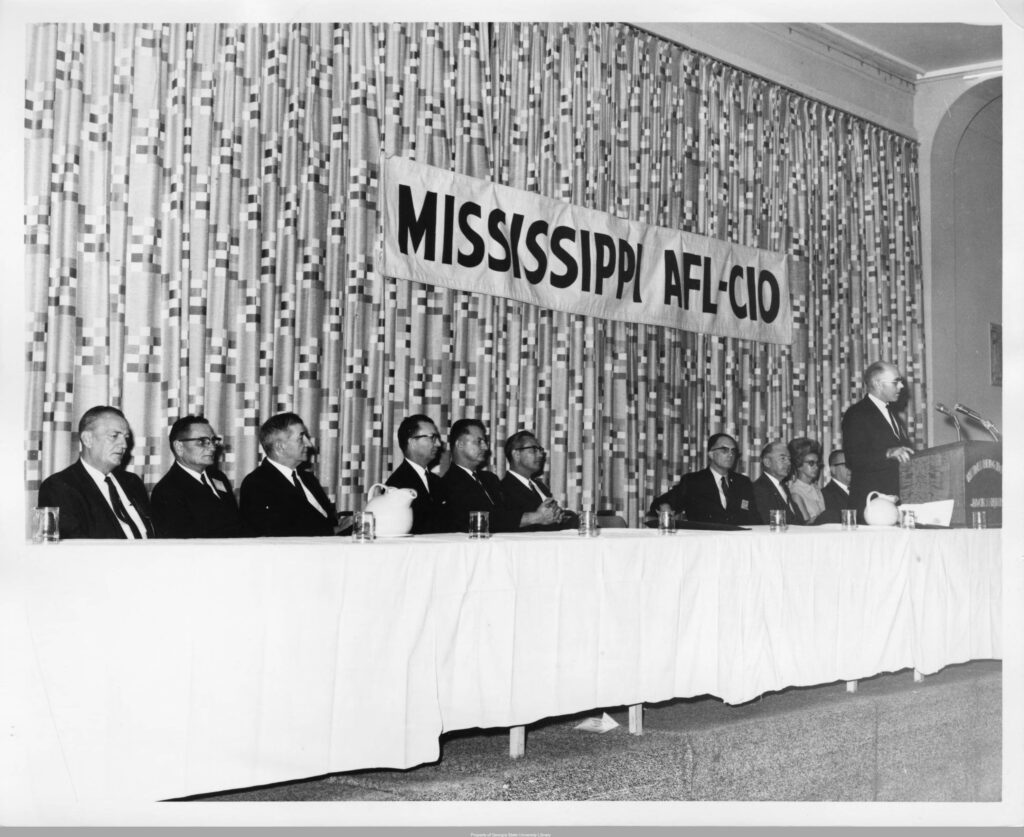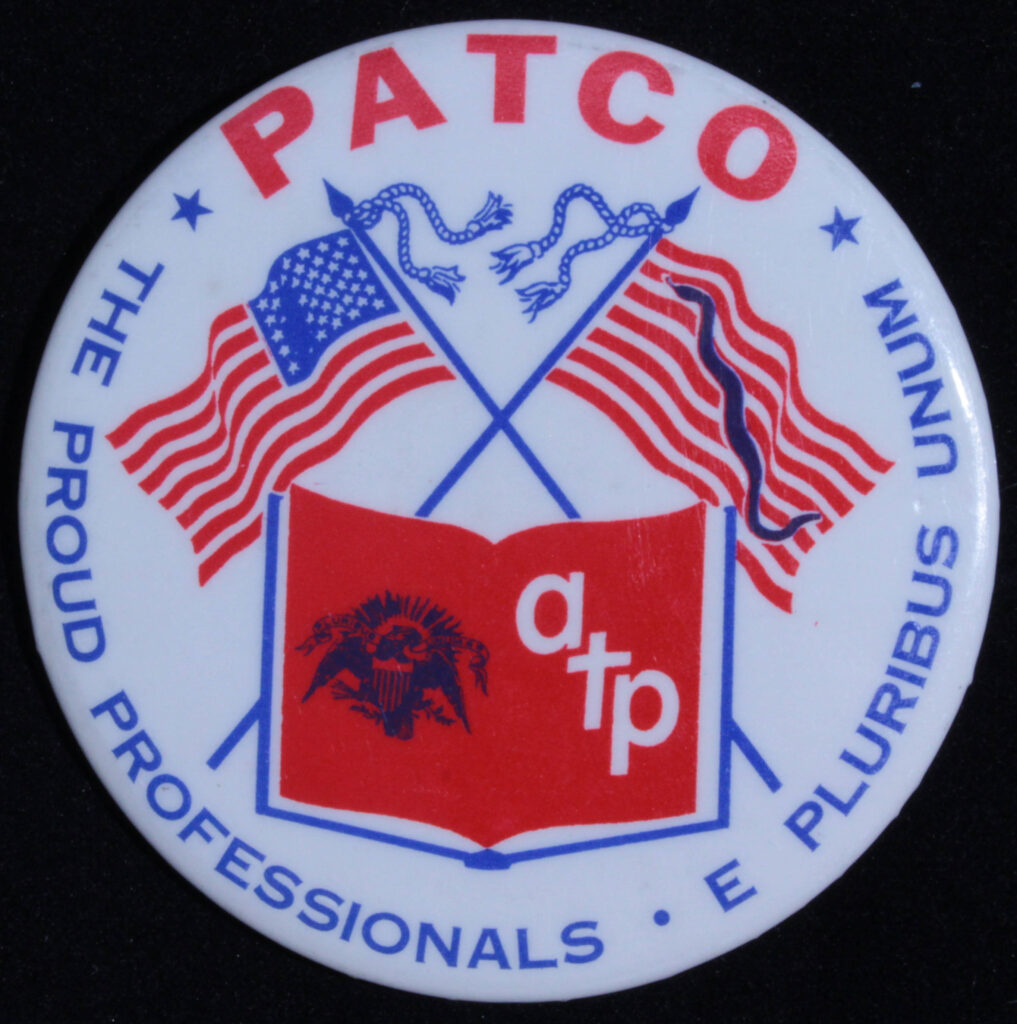Describing the Southern Labor Archive Audio Collection
I have worked with Digital Projects on the Council on Library and Information Resources (CLIR) Recordings at Risk grant project since August of 2022. Having done archival research as an undergraduate, I used many digitized resources with no real idea how much work went into the process. Spending a year listening to digitized recordings and creating metadata catalogues has given me a lot of respect for any digital archive I come across. For this project, the recordings I have mostly worked with are the Mississippi AFL-CIO of the Nixon and pre-Nixon era and also the recordings from the PATCO strikes in 1981.

L1986-26_111, Labor Photographs, Mississippi AFL-CIO Records [folder 10 of 18], Mississippi State AFL-CIO Records, L1986-26, Southern Labor Archives. Special Collections and Archives, Georgia State University, Atlanta. https://digitalcollections.library.gsu.edu/digital/collection/labor/id/4177/rec/8 |
While not every recording I come across is groundbreaking, they are intriguing and some shed light on the difference in our present-day understanding of the political landscape and how labor unions of the time viewed it. I’ve been able to learn personal details about union leaders, information about old hotels and buildings which have since been torn down, and hear political speeches lost to time because the candidates were not elected. My favorite recording is one I found in January of this year. It is part of the PATCO Collection.

L2011-11_01_09, Professional Air Traffic Controllers Organization records, L2011-11, Southern Labor Archives, Special Collections and Archives, Georgia State University, Atlanta. https://digitalcollections.library.gsu.edu/digital/collection/PATCO/id/184084/rec/2 |
The recording is partially from a tape player connected to a phone line, recording conversations between air traffic controllers during the 1981 PATCO strike. However, it appears someone also used the same tape to record parts of a broadcast from the now-defunct Atlanta radio station Z93. This broadcast covers details from the conspiracy hoax that Paul McCartney had died in 1966 and had been replaced with a look-a-like to keep the world from descending into chaos. This recording was enjoyable because it was unexpected and because it provided wider historical context to the 1981 air traffic control strikes by showing what media outlets were around and what they were broadcasting. In addition to providing examples of how such a large union was able to arrange such a wide-ranging and impactful strike, the recording has a lot of personality both in the anecdotes from the phone calls, and the fact that someone in the middle of this historical event was more concerned with a Z93 broadcast about at decade-old hoax.
Written by Michael PR Swanson